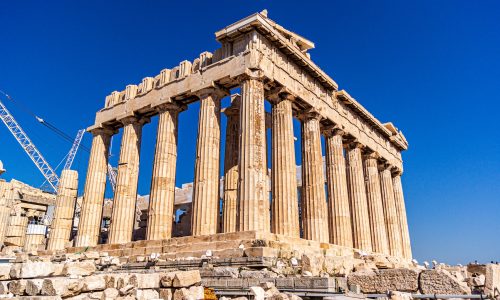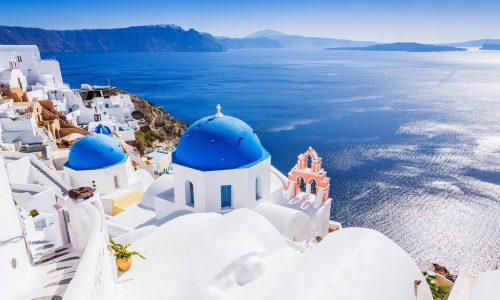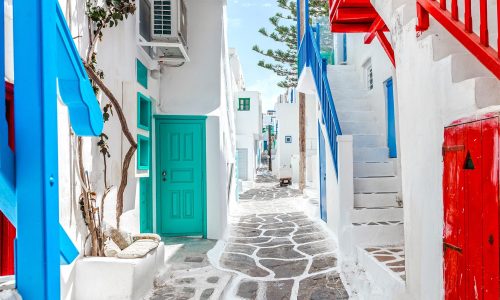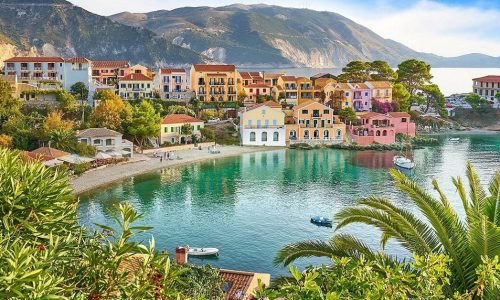
Acropolis, Athens
Thought about the image of Athens and Greece, and to be sure of Western civilization, the Acropolis is a rough hill ascending in the core of present day Athens, delegated by three eminent sanctuaries dating from the fifth century BC. The most popular and most particular is the Parthenon, initially comprised of 58 segments supporting a rooftop and beautified by luxurious pediments and a frieze.
Santorini
Stunning Santorini is the most dramatic of all the Greek isles. It is best known for the west coast cliff-top towns of Fira and Oia, which appear to hang over a deep, blue sea-filled caldera. Made up of typical Cycladic whitewashed cubic buildings, many of which have been converted into boutique hotels with infinity pools, both Fira and Oia are considered romantic destinations, popular for weddings and honeymoons. Things to do in Santorini include sunbathing and swimming at the black volcanic-sand beaches on the south and east coasts and visiting the archaeological site of Akrotiri, an Ancient Minoan settlement buried below lava following the volcanic eruption that created the caldera, some 3,600 years ago.


Mykonos
Many individuals believe Greece’s most glitzy island objective to be Mykonos. After-dull exercises place on Mykonos Town, noted for its stylish store inns, tasteful fish cafés, and unrecorded music scenes. Different attractions incorporate Paraportiani (a whitewashed church in Mykonos Town) and various sandy sea shores along the island’s south coast (served both by transport and taxi-boat from Mykonos Town).
The island is especially well known with global big names. Mykonos has an air terminal and is associated by ship and sailboat to Athens’ port, Piraeus, and Rafina.
Corfu
One of Greece’s top traveler objections, Corfu sits in the Ionian Ocean off the west shoreline of the central area. The capital, Corfu Town, is an UNESCO World Legacy site, because of its exquisite Italianate design — it was controlled by the Venetians for quite a long time. Investigate its heartfelt person on foot just roads to find two sixteenth century forts and the arcaded Liston, lined by outdated bistros.
Away from the primary town, the island is lavishly lovely, with tough limestone rocks tumbling into the ocean in its north and smooth green slopes in its south. The most famous ocean side region is Paleokastritsa, on the west coast, around 25-kilometers from Corfu Town.
